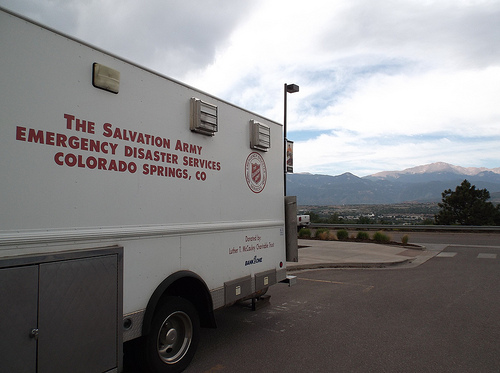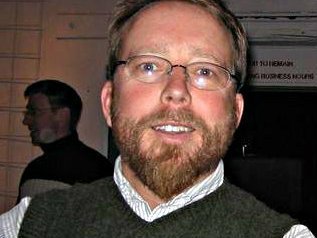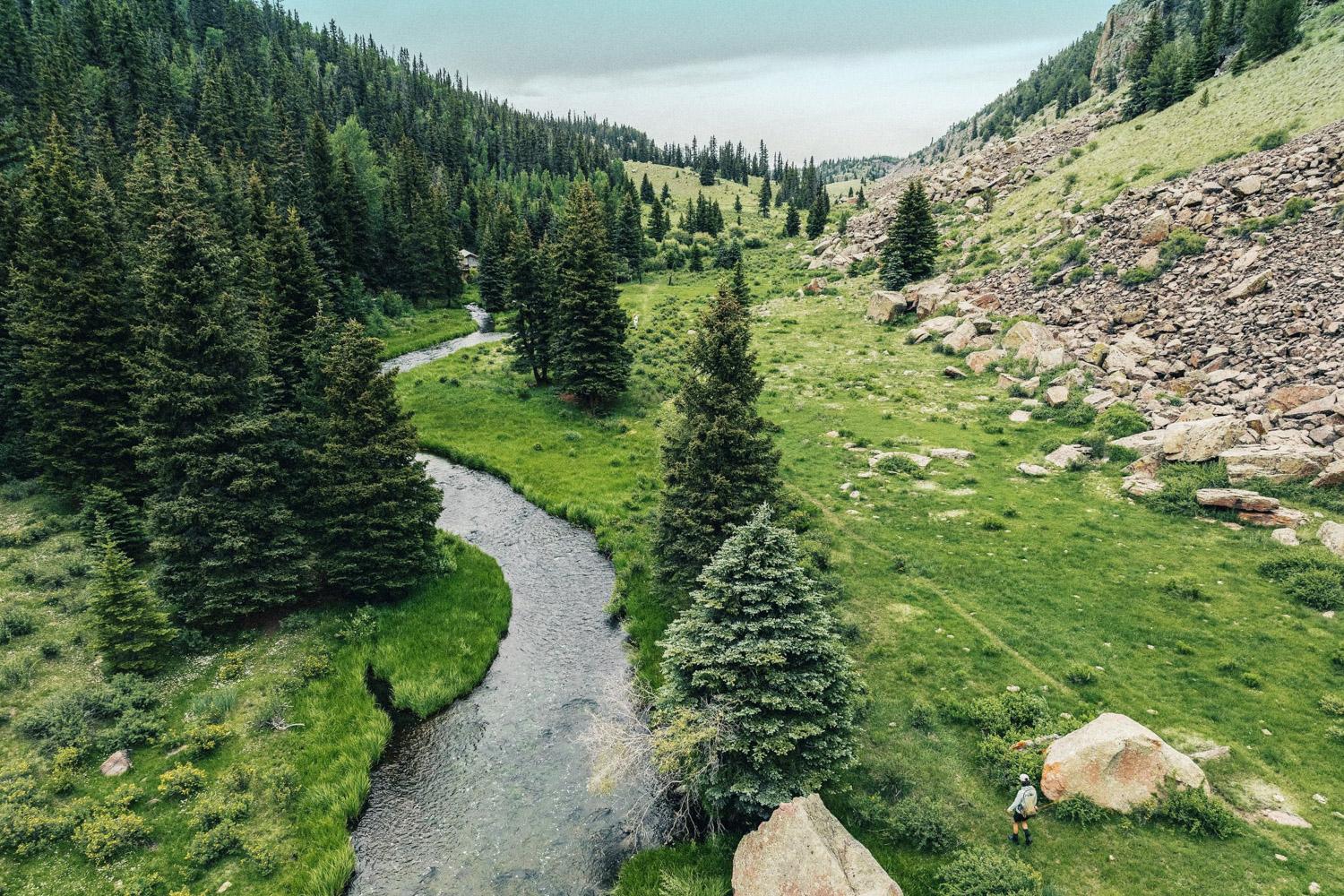
 Evacuation orders have been lifted for large portions of the area near the Black Forest Fire, but thousands of people remain out of their homes. Police are escorting some back in to pick up critical medications or to rescue pets.
Evacuation orders have been lifted for large portions of the area near the Black Forest Fire, but thousands of people remain out of their homes. Police are escorting some back in to pick up critical medications or to rescue pets.
CPR’s Eric Whitney rode along with Bill Holcombe, who waited more than an hour at a National Guard checkpoint before being able to visit his house inside the burn zone perimeter.
On the drive in, Holcombe said he and his family only had about 15 minutes to pack up and leave.
“We were monitoring [the fire] on TV, and we were in pretty good shape, and then it switched directions and man, it just ate the forest up,” Holcombe said.
The next day, El Paso County Sheriff Terry Maketa issued the first list of houses destroyed by the fire. Holcombe’s home of 21 years was on that list. Sixteen hours later there was a new list, and it said his house was OK.
“So I don’t really know,” Holcombe said, watching the red and blue flashing lights of the patrol car in front of him. “But if it is still standing, I’ll know here in about five minutes.”
He said seeing his house on the “destroyed” list, and then seeing it off of that list, was “an emotional roller coaster ride” like he’s never had before.
The forest we pass through still has patches of untouched green trees. Then there are several acres of blackened earth, the vacant foundation where a house once stood. Parked in the driveway, skeletons of cars stand, with the tires melted off.
“Wow, look at that destruction,” Holcombe says, looking out his pickup truck’s window.
Pretty soon, we’re turning onto the dirt road where Holcombe’s one-story, grey stucco house is still standing.
“There it is, mine,” he says, obviously relieved.
Holcombe is happy, but distracted. He’s trying to take stock of his neighbors’ properties. They've been told their houses were lost, but don’t know any other details. Holcombe is trying to catalogue them.
“Yeah, their shed’s gone,” he says, looking at his neighbor's house to the north. “Wow, the barn’s gone, the shed’s gone,” he says, looking to the south and west.
All around Holcombe’s house are piles of rubble with chimneys sticking up here and there. Wisps of grey smoke emanate from smoldering stumps. The flames pushed up to the back of his house, licked it, but left it standing. He darts inside and returns with a shoebox full of pill boxes. He pauses to take a look around. Then, the sheriff says it’s time to leave, so he can escort someone else in.
As we climb back into his truck, I ask Holcombe how he’s feeling.
“I have mixed emotions,” he says, letting out a half-laugh. “I’m glad my house is saved. To be honest, I’m surprised that it’s in such good shape considering what happened to the neighborhood. My neighbors, it breaks my heart for them.”
On the drive back out, Holcombe says he’s glad that he took fire mitigation measures over the years, clearing dead tree limbs and raking pine needles away from his house.
“The thing is,” he says, “my neighbors across the street, the ones you saw? They’re very, very good at doing it also, and their house it didn’t help. So who knows? It’s luck of the draw, God’s whimsical humor, whatever you want to call it. Karma?”
He sighs, ”I don’t know. I don’t know.”
Bill Holcombe’s house remains in the fire’s mandatory evacuation area, as do thousands of others. And for about 500 homeowners, there will be no house to return to.









